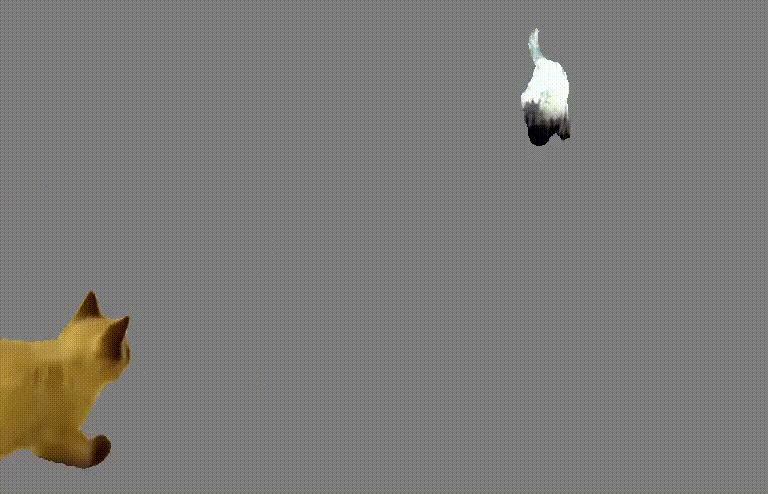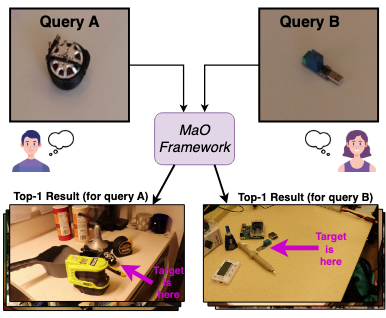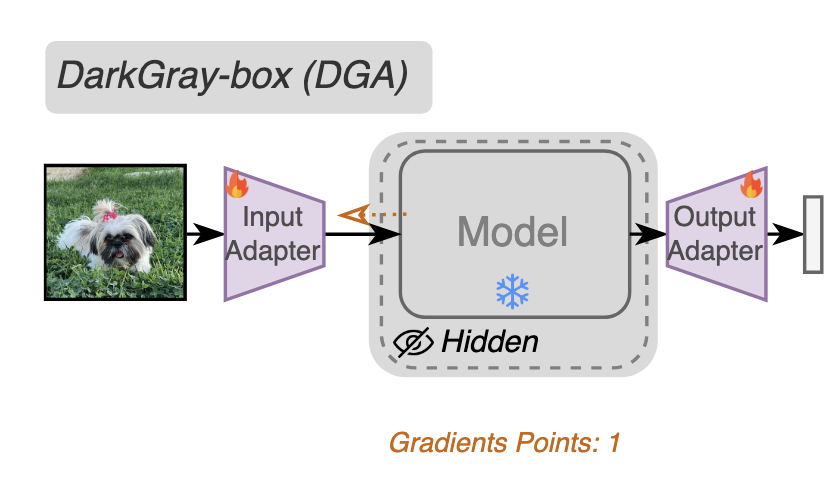We present Story2Board, a training-free framework for expressive storyboard generation from natural language. Existing methods narrowly focus on subject identity, overlooking key aspects of visual storytelling such as spatial composition, background evolution, and narrative pacing. To address this, we introduce a lightweight consistency framework composed of two components: Latent Panel Anchoring, which preserves a shared character reference across panels, and Reciprocal Attention Value Mixing, which softly blends visual features between token pairs with strong reciprocal attention. Together, these mechanisms enhance coherence without architectural changes or fine-tuning, enabling state-of-the-art diffusion models to generate visually diverse yet consistent storyboards. To structure generation, we use an off-the-shelf language model to convert free-form stories into grounded panel-level prompts. To evaluate, we propose the Rich Storyboard Benchmark, a suite of open-domain narratives designed to assess layout diversity and background-grounded storytelling, in addition to consistency. We also introduce a new Scene Diversity metric that quantifies spatial and pose variation across storyboards. Our qualitative and quantitative results, as well as a user study, show that Story2Board produces more dynamic, coherent, and narratively engaging storyboards than existing baselines.

















